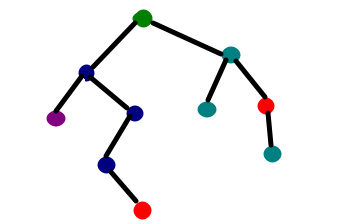Decision Tree is one of the most powerful and popular algorithm. Decision-tree algorithm falls under the category of supervised learning algorithms. It works for both continuous as well as categorical output variables.

Prerequisites: Decision Tree, DecisionTreeClassifier, sklearn, numpy, pandas
Decision Tree is one of the most powerful and popular algorithm. Decision-tree algorithm falls under the category of supervised learning algorithms. It works for both continuous as well as categorical output variables.

In this Video, We are going to implement a Decision tree algorithm on the Balance Scale Weight & Distance Database presented on the UCI.
Data-set Description :
Title : Balance Scale Weight & Distance Database Number of Instances : 625 (49 balanced, 288 left, 288 right) Number of Attributes : 4 (numeric) + class name = 5 Attribute Information:
- Class Name (Target variable): 3
- L [balance scale tip to the left]
- B [balance scale be balanced]
- R [balance scale tip to the right]
- Left-Weight: 5 (1, 2, 3, 4, 5)
- Left-Distance: 5 (1, 2, 3, 4, 5)
- Right-Weight: 5 (1, 2, 3, 4, 5)
- Right-Distance: 5 (1, 2, 3, 4, 5) Missing Attribute Values: None Class Distribution:
You can find more details of the dataset here.
- 46.08 percent are L
- 07.84 percent are B
- 46.08 percent are R
 Best resource for Online free Education
Best resource for Online free Education